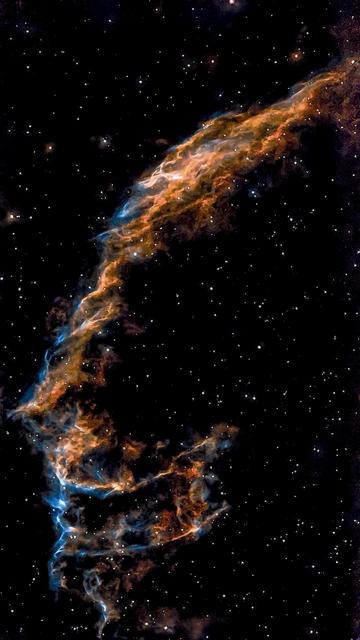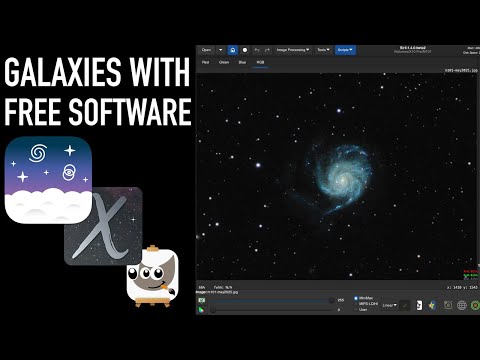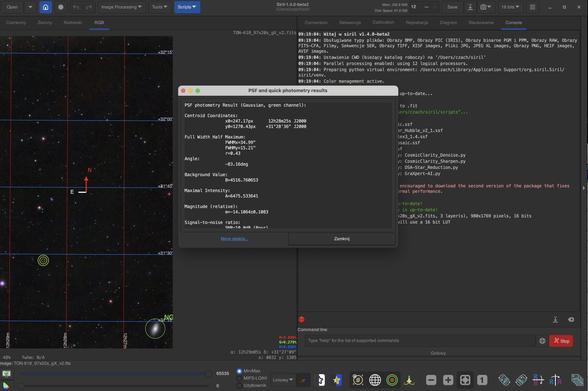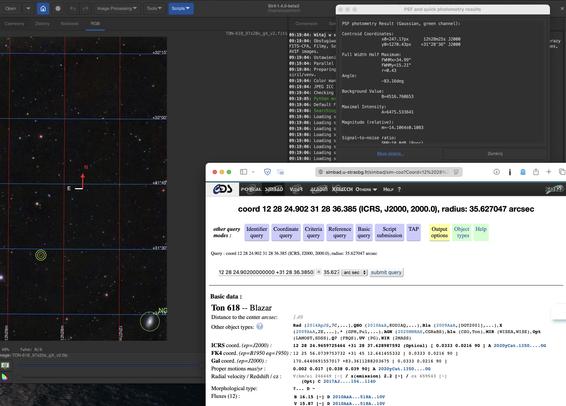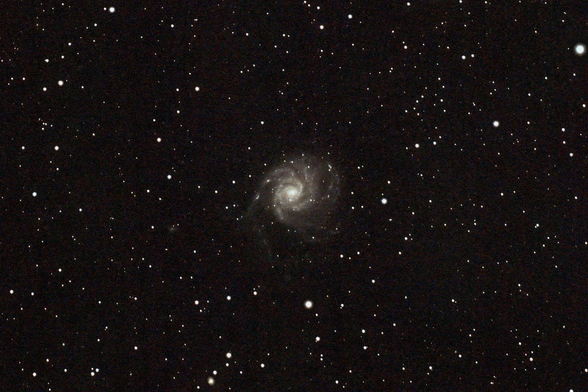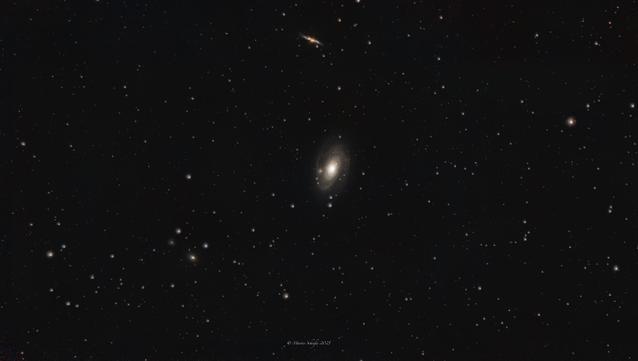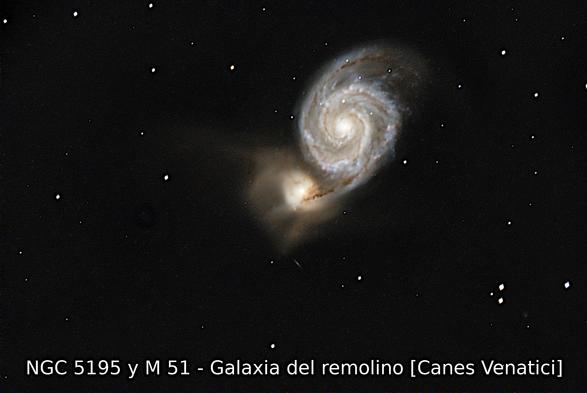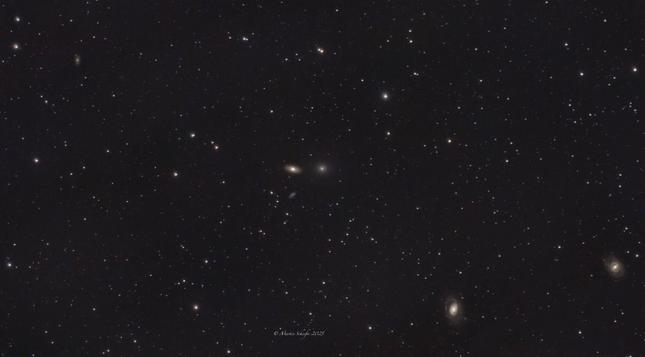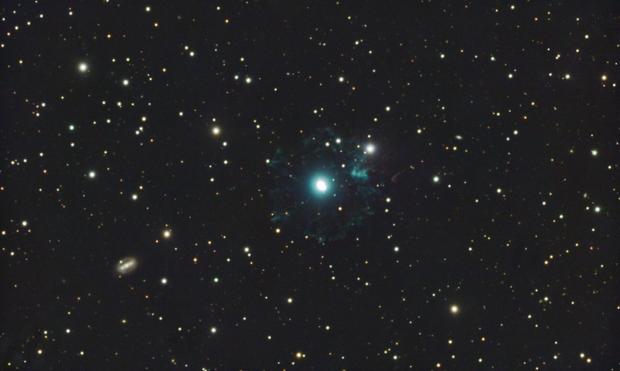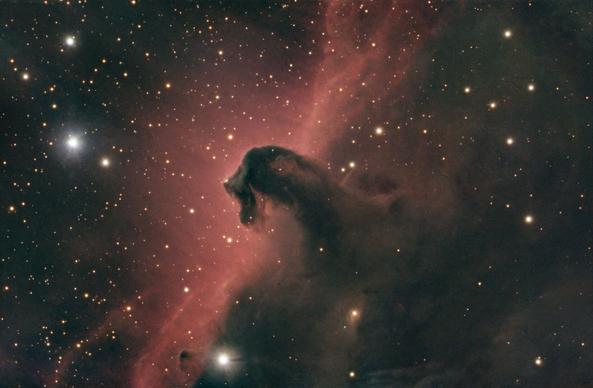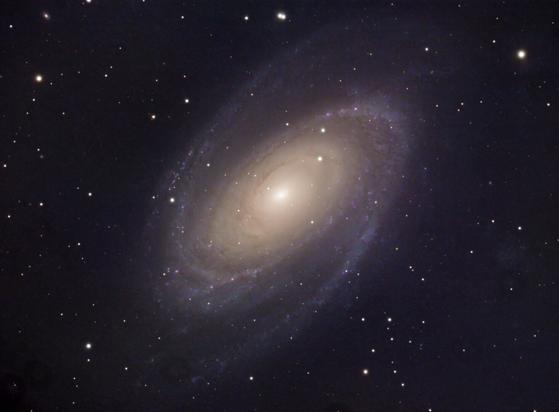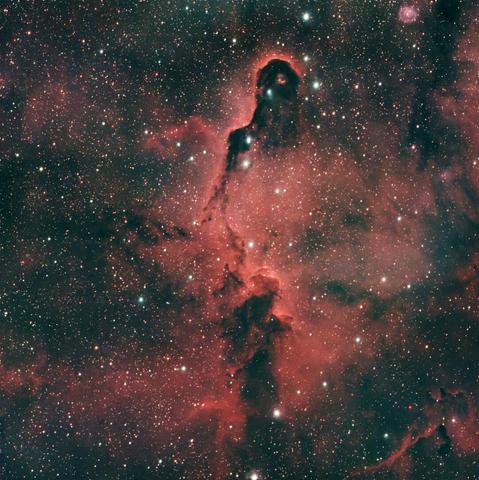Przez trzy noce polowałem. Polowałem na dziury w chmurach.
Pierwsza noc to zaledwie 20 minut, drugiej nocy wyszło około 1h17m. Z prognoz pogody wychodziło mi, że z 31.05 na 01.06 nic się nie da wypalić, bo chmury i deszcz. Po północy okazało się, że niebo jest czyste i szybko wystawiłem i ustawiłem sprzęt. Z odpalonym antistorm.eu i WheatherRadar i sprawdzaniem co chwilę wszystkiego naocznie, dopaliłem 1h45m.
Z całości Siril złożył 548 klatek po 20 sekund, czyli nieco ponad 3 godziny.
Przed Państwem The Eastern Veil Nebula[1] aka NGC 6992 aka Ksenomorf. ;-)
#astrofotografia #astronomia #kosmos #astrophotography #astronomy #universe #astrofotografie #seestars50 #siril #graxpert
